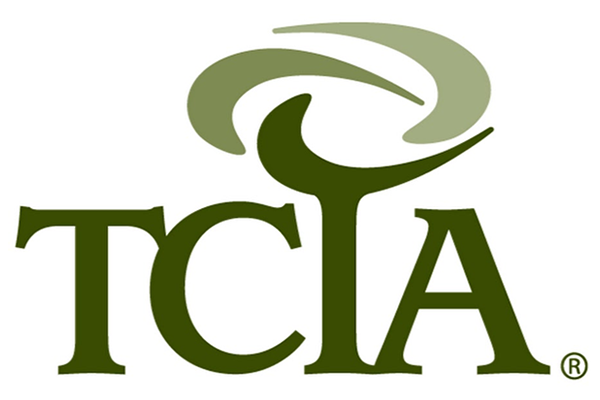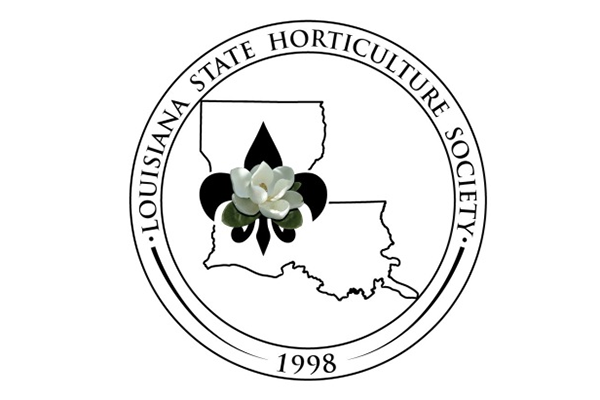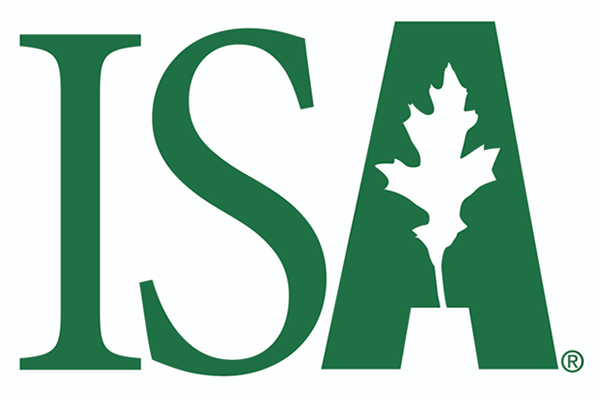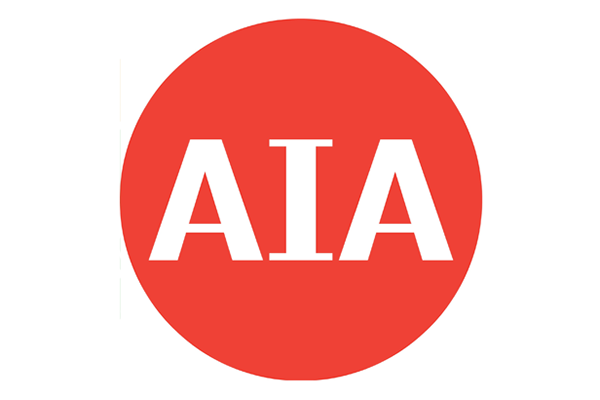At Bayou Tree Service, we know how disruptive Buck Moth caterpillars can be for Louisiana homeowners—especially in oak-lined neighborhoods throughout New Orleans and Baton Rouge. While our Buck Moth spraying program is a critical service each spring, it’s important to know that Buck Moth season is not currently active.
What Is Buck Moth Season?
Buck Moth caterpillars are the larval stage of the Buck Moth, which lays its eggs in the late fall, primarily on oak tree twigs. These eggs overwinter and begin to hatch in late winter to early spring, typically around February through April. When the larvae emerge, they feed on oak leaves and often move down into lawns and sidewalks, posing a painful threat to anyone who accidentally brushes against them.
The caterpillar’s spines can cause burning, itching, or even a more severe sting, making them a major concern for families, pet owners, and property managers. That’s why Bayou Tree’s Buck Moth spraying services are a trusted seasonal solution to reduce their presence and impact.
When Should You Schedule Buck Moth Spraying?
Our certified arborists typically begin evaluating oak trees for Buck Moth activity in late January, with preventative spraying starting in February and continuing into early spring.
Understanding the Buck Moth Lifecycle
The Buck Moth lays its eggs in the fall, typically in spiral patterns on oak tree twigs. These eggs remain dormant through the colder months and begin to hatch as temperatures rise—usually between February and April. As the larvae emerge, they begin feeding on the fresh foliage of oak trees and may eventually move to the ground or nearby surfaces.
Why Spraying Is Seasonal
Because Buck Moth caterpillars only appear for a short window each year, treatment services are designed to align with their lifecycle. Spraying too early or too late in the year provides limited benefit.
For this reason, professional spraying programs are typically offered only in the early part of the year, once the eggs have begun hatching and the caterpillars are actively feeding.
During the off-season—late spring, summer, fall, and early winter—spraying is not effective or necessary, as no caterpillars are present, and no eggs are actively hatching. That’s why this service is paused during most of the year.






